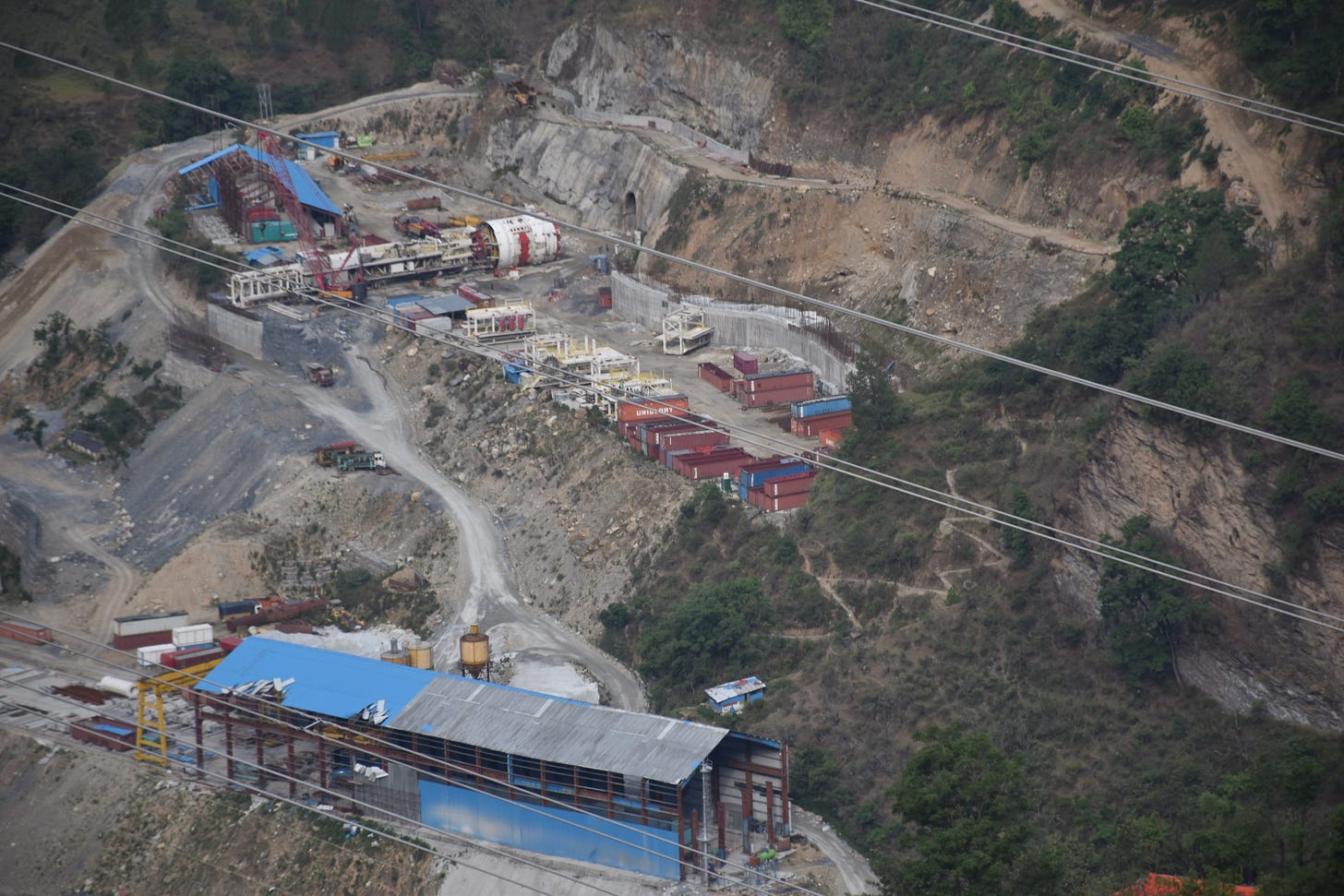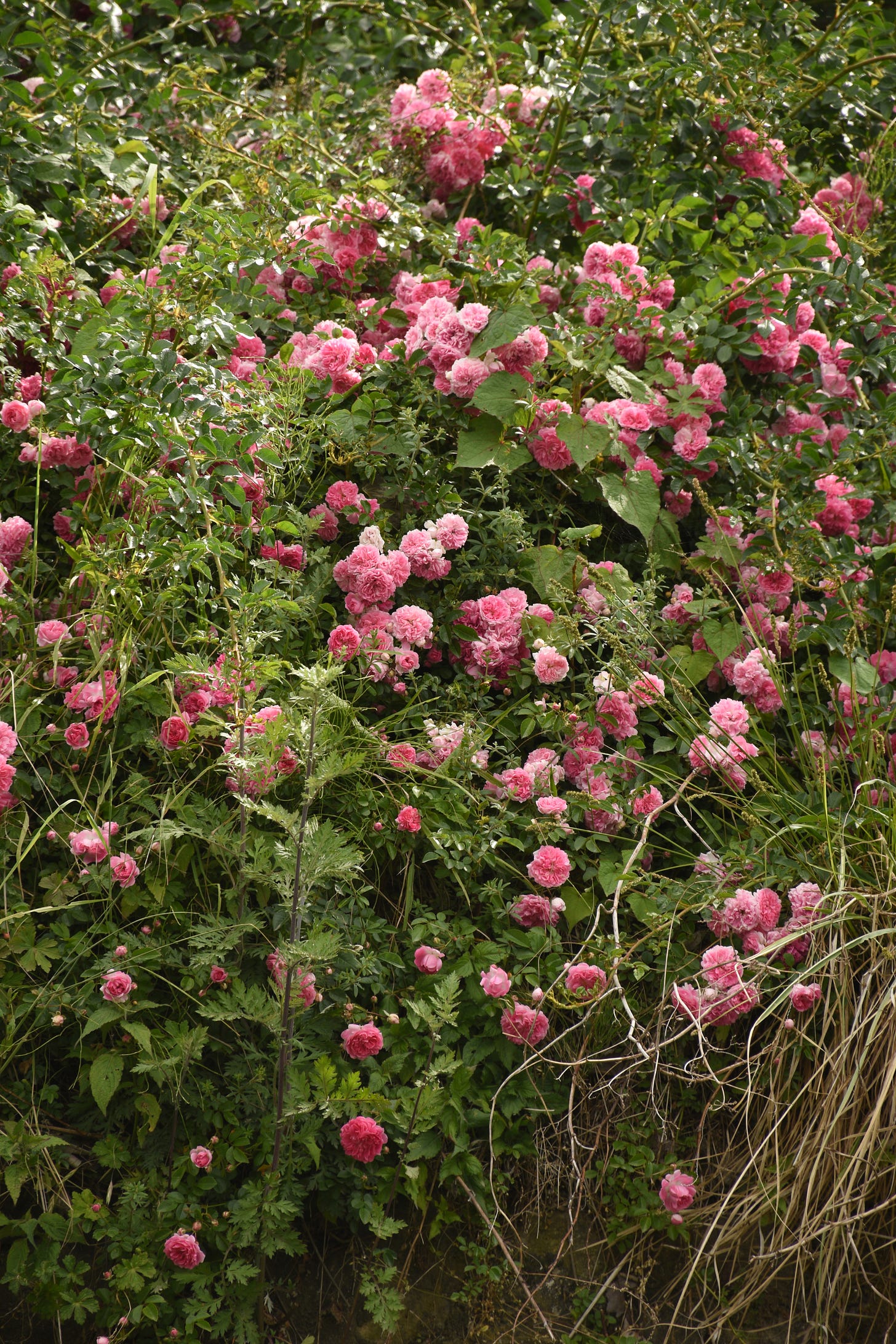Dear Readers,
We all do love the picturesque view of snow-capped mountains meeting the valleys!! In my case, the mountains are not my native, however I have seen summers, rains and winters, all three at their brim while being here. I have closely experienced the peace and to some extent the danger offered by them.
I may not be a daughter to the mountains, but I am a river flowing towards them.
While, there remains a lot to experience, the places where we derive such experiences from are sinking. Joshimath is sinking.
MOONSCAPES
‘Jyotirmath’ is the northernmost of the four cardinal mathas established by Adi Guru Shankaracharya around eighth century AD, to create a hierarchy for the propagation of Sanatan Dharma, associating it with Atharvaveda. The head of this ‘matha’ is called as ‘Shanakarachaya’. It is situated in the present day town- ‘Joshimath’.
The Katyuri Kings ruled between 800 AD to 1100 AD in Uttarakhand. They were worshippers of God Narsingh and they had built a temple of the God in Joshimath. However, it is mythology that the clan suffered a curse from the God, according to which one of the hands of the God’s statue will be weak and fall of marking the end of this clan. There are many other beliefs related to the same.
The lord of Badrinath is also worshipped here for six months when the Badrinath temple keeps closed during winter.
According to 2011 census, the Joshimath town had a population of 16,709 people.
This town has been developed according to the Tourism circuit and is like a base station for many tourists who come either for pilgrimage like Badrinath or Hemkund Sahib and for trekking and adventure tourism like Valley of flowers or Auli. Due to this, there has been an increasing pressure of new constructions and a lot of traffic can be seen in the ‘Yatra’ season. This pilgrimage tourism however provides employment to the local people, who in other times are dependent on agriculture for their livelihood or are just unemployed.
According to UTTARAKHAND HUMAN DEVELOPMENT REPORT by Department of Planning, Government of Uttarakhand:
“the poverty ratio estimated using the UKHDR Survey reveals that the poverty rate in the hills districts was higher with large variations across districts. Poverty was more prevalent, severe, and uneven in the mountain regions, owing to hills specificities that are often not captured in the usual surveys. Poverty in the hilly regions (17.9 percent) was much higher than that in the plains (13.6 percent).”
Joshimath is located on the old solifluction zone where glacial moraine developed the basic topography of the town. The curse of joshimath
In 1975, the Chipko leader Padma Vibhushan Chandi Prasad Bhatt, raised this issue of sinking of Joshimath. The Mishra Committee formed by the Government at that time had prepared a report on this issue which clearly mentioned that:
“Joshimath is a deposit of sand and stone — it is not the main rock — hence it was not suitable for a township. Vibrations produced by blasting, heavy traffic, etc., will lead to a disequilibrium in natural factors…”
The town’s base is formed by boulders and the space between those has been filled by smaller particles of sediments, brought by thosand year old glaciers maybe located on the slopes of Gorsoin, Auli, Suneel, Manohar Bagh, JP Hydropower project and lastly on the Sema village located just above holy river Alaknanda. The drainage system of the town has not been paid attention to at the same time which causes water seepage and soil erosion eventually leading to landslides.
Under Tapovan-Vishnugad Hydropower project by NTPC being constructed on Dhauliganga river, tunnels have been dug under the Joshimath town, approximately 1100 m to the surface. Also there had been instances like when the tunneling caused piercing of a large aquifer in 2009 which caused a discharge of 60- 70 million litres of water every day (Joshimath sinking).
MOONSHOTS
Joshimath’s subsidence can be just a glimpse.
I had been to the town. Picturesque is a small word. And at the same time it did make me wonder.
How is this land holding this much?
How are people not scared?
I got to know that the Katyuri Kings were the first in the region to bulid temples using hew stones instead of bricks.
I had been to the Narsingh temple, but I was unaware of the stories attached to the deity at that point of time.
I had once visited a very very beautiful garden, here. It was summer 2019. A few clouds in the sky tried to accessorize the blue background with white and sun at the same time glistened on their edges. I clicked it in my eyes. I was just back from two most beautiful treks, the valley of flowers and the Hemkund Sahib. Still this garden of plums, wild roses and hydrangeas didn’t fail to amuse me and catch my attention.
A house in the mountains with a self-sufficient garden. The over-ripe plums fell on the lush green grasses and the thin skin of the fruit bursts swiftly. Something for making plum juice for those who are friends and family. Some time is taken out to ensure the timely collection of different ingredients for the wild rose herbal tea.
However, I couldn’t give you the real memory. I tried to tell you the story.
This is just a part of me. For now.
See you again.
Punam



We know you as a mountain lover - and you well described the problem of Joshimath - where you spent very good time with our team. The residents of Joshimath facing these problems due to Human greed and bad development planning of the Govt. We are loosing our resources and houses due to lack of long term vision. We thank you for writing this .
Superb Writeup to summarize the burning reason behind my beloved Jyotirmath sinking.
These issues makes me cry, how is Vikas causing vinas. Praying something to happen and again it should revive. So I can again go there and sense the power of Jyotimath temple.